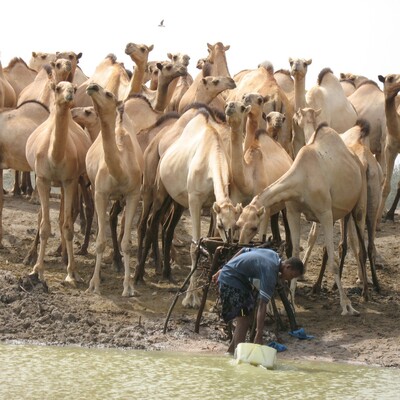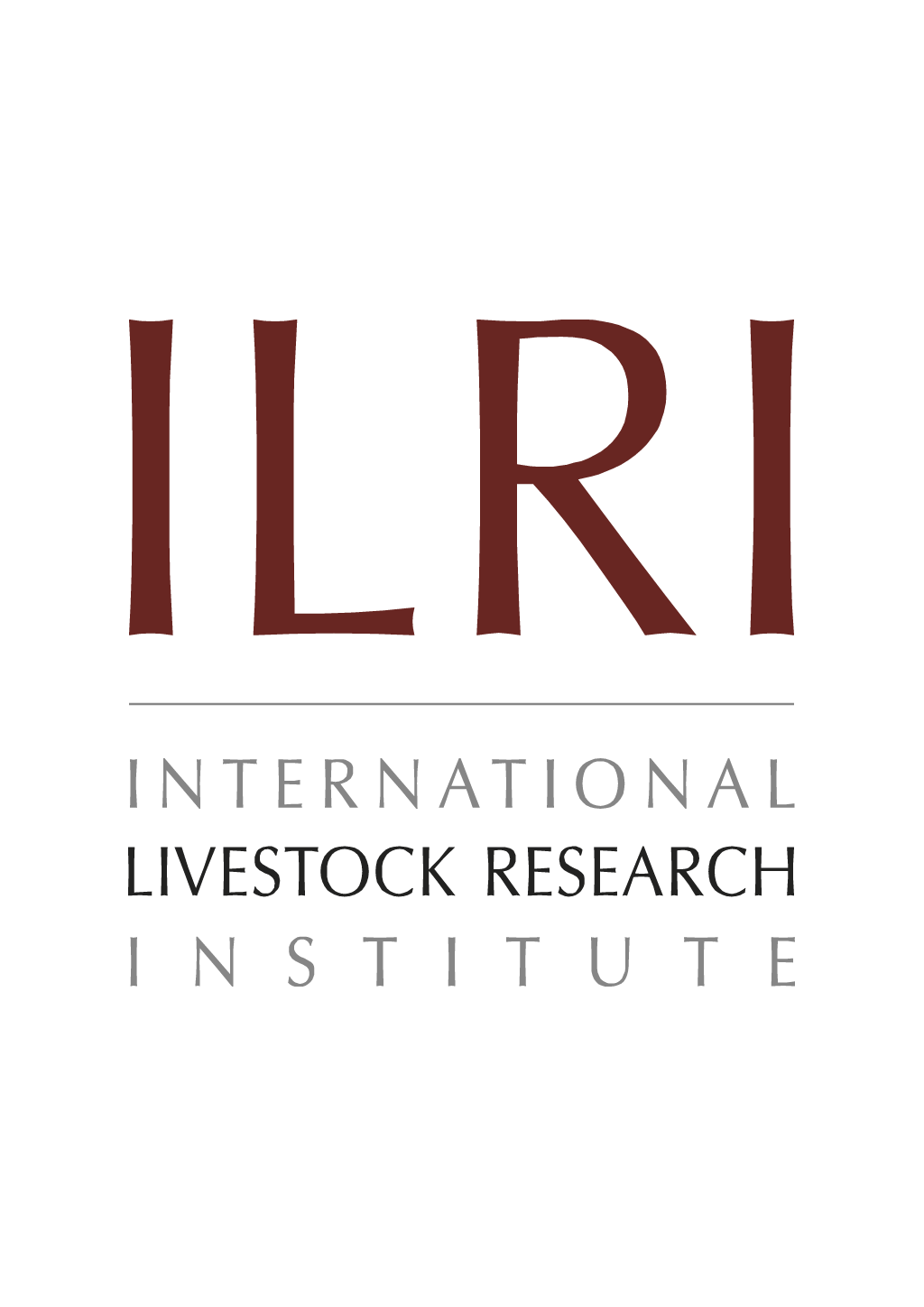
Genetic characterization of indigenous goats of sub-Saharan Africa using microsatellite DNA markers
Abstract
Genetic diversity of sub-Saharan African goats was assessed using 19 microsatellite markers. Breeds were sampled from eastern Africa (Maasai, Kigezi, Mubende, North West Highland, Arsi Bale), southern Africa (Ndebele, Pafuri) and West Africa (West African Dwarf, Maure, Djallonke). European breeds (Grisons Striped, Toggenburg), Asian breeds (Mongolian Cashmer indipur) and a Middle East breed (Arab) were also included. The mean number of alleles per locus and average gene diversity range m 5.26±0.464 (Djallonke) to 7.05±0.516 (Mubende) and from 0.542±0.036 (Pafuri) to 0.672±0.031 (Ndebele), respectively. between breeds variation evaluated using GST and 0 were found to account for 14.6% (0) and 15.7% (GST) of the total genetic variation. The DA measure of genetic distance between pairs of breeds indicated that the largest genetic distance was between Pafuri and Djallonke while the lowest genetic distance was between Arsi Bale and North West Highland. A neighbour joining tree of breed relationship sealed that the breeds were grouped according to their geographic origins. Principal component analysis supported the grouping of the groups according to their geographic origins. It was concluded that the relationships of sub Saharan African goat breeds were according to their geographical locations implying that the goats of eastern Africa, West Africa and southern Africa are genetically distinct. Within each sub-region, goat populations could be differentiated according to morphological characteristics.
Citation
Asian-Australasian Journal of Animal Sciences;17(4): 445-452










